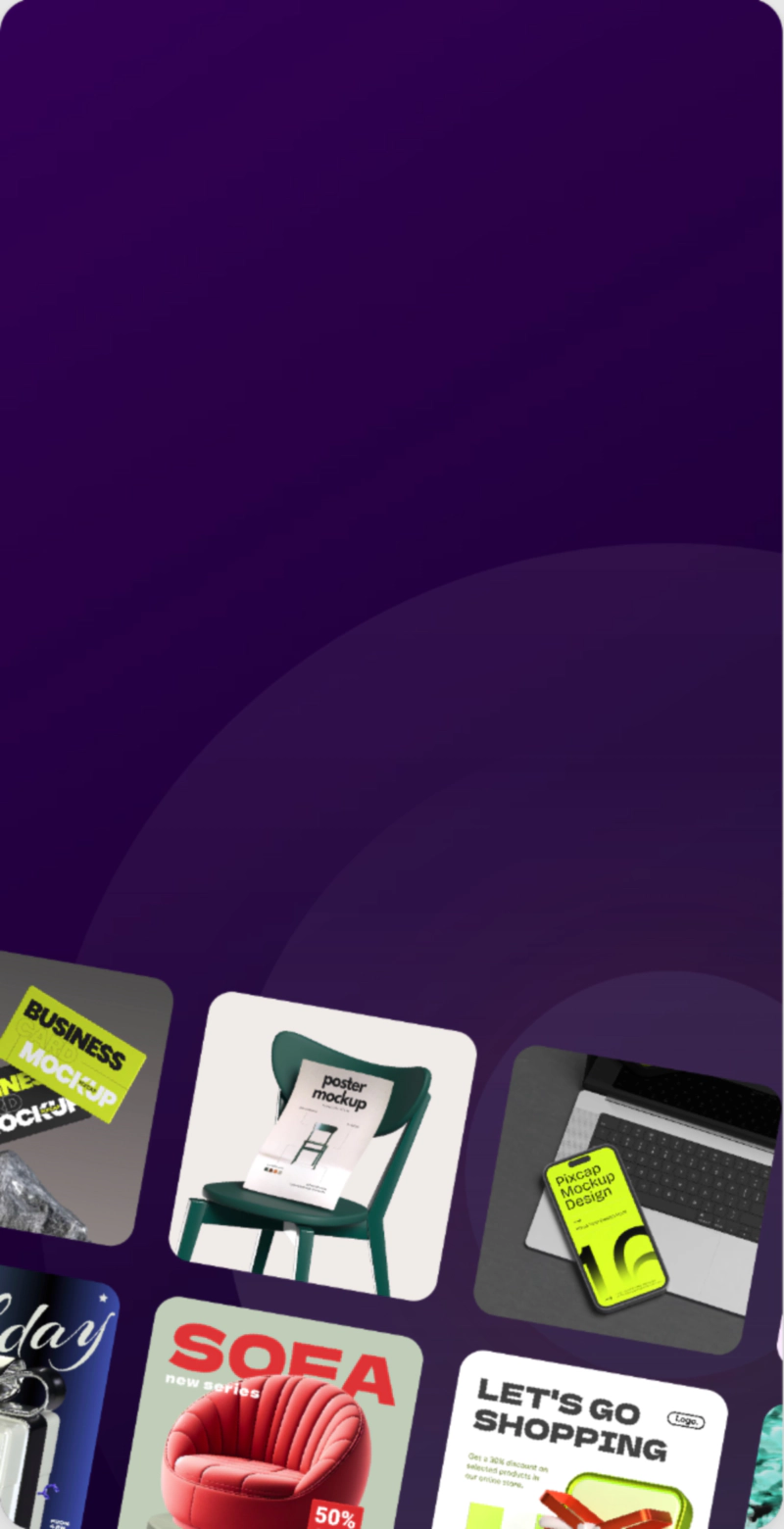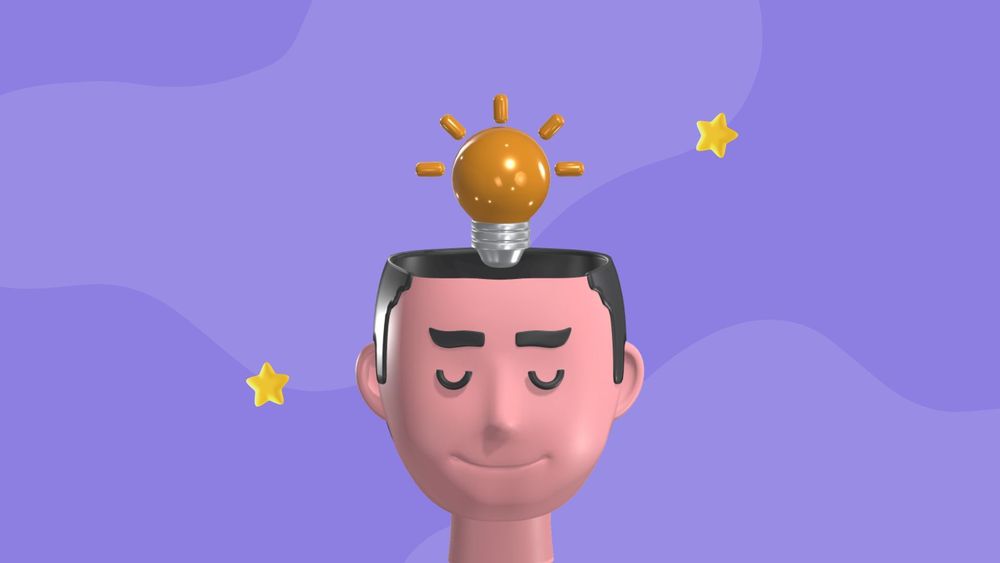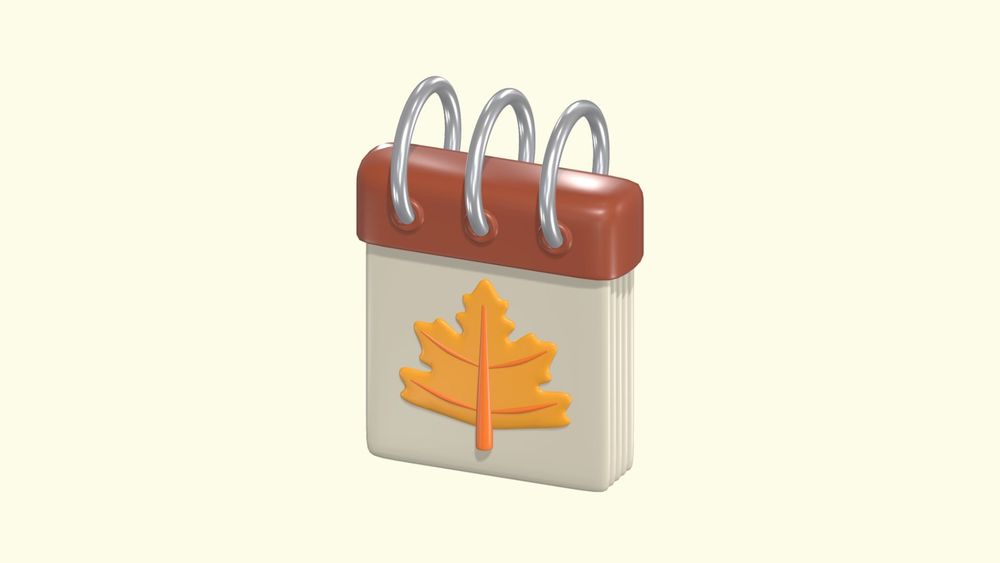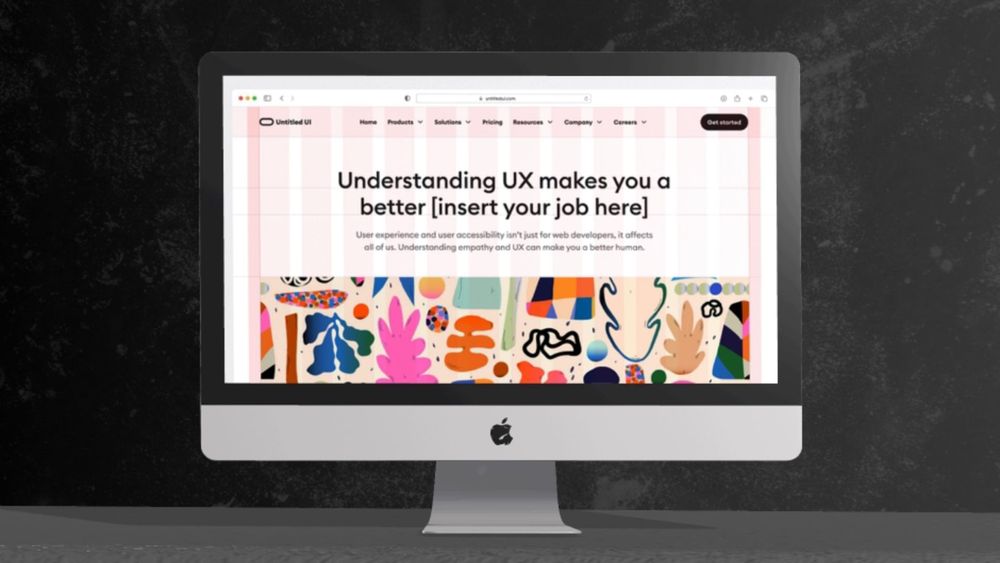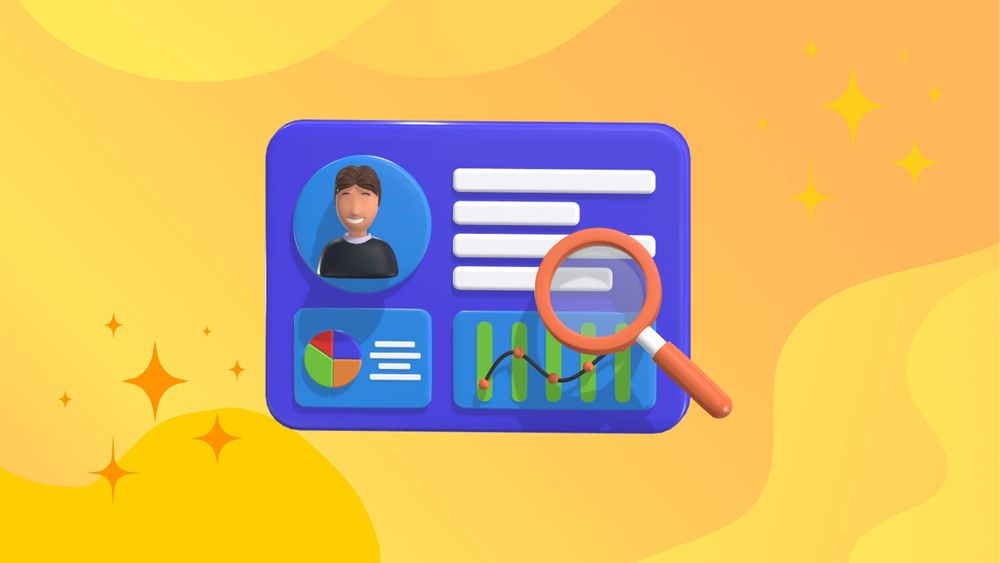If you’re a designer or someone interested in design thinking, you’ve probably heard of the Double Diamond Design Process. This framework, developed by the British Design Council in 2005, is also known as the double diamond design framework and has become a popular approach for designers to create successful solutions for their clients.
But what exactly is the Double Diamond and how does it work? In this guide, we’ll dive into all the details of this design process and provide some tips on how to use it effectively.
What is the Double Diamond Design Process?
The Double Diamond Design Process is a visual framework and design process model used to guide the design process from initial problem identification through to final solution. This model highlights the importance of exploring many ideas (divergent thinking) and then narrowing them down (convergent thinking) during the design process. It’s a popular method used to identify problems and come up with effective solutions. By using the Double Diamond approach, designers can adopt a holistic and human-centered way of working, making it a valuable tool in their professional practice.
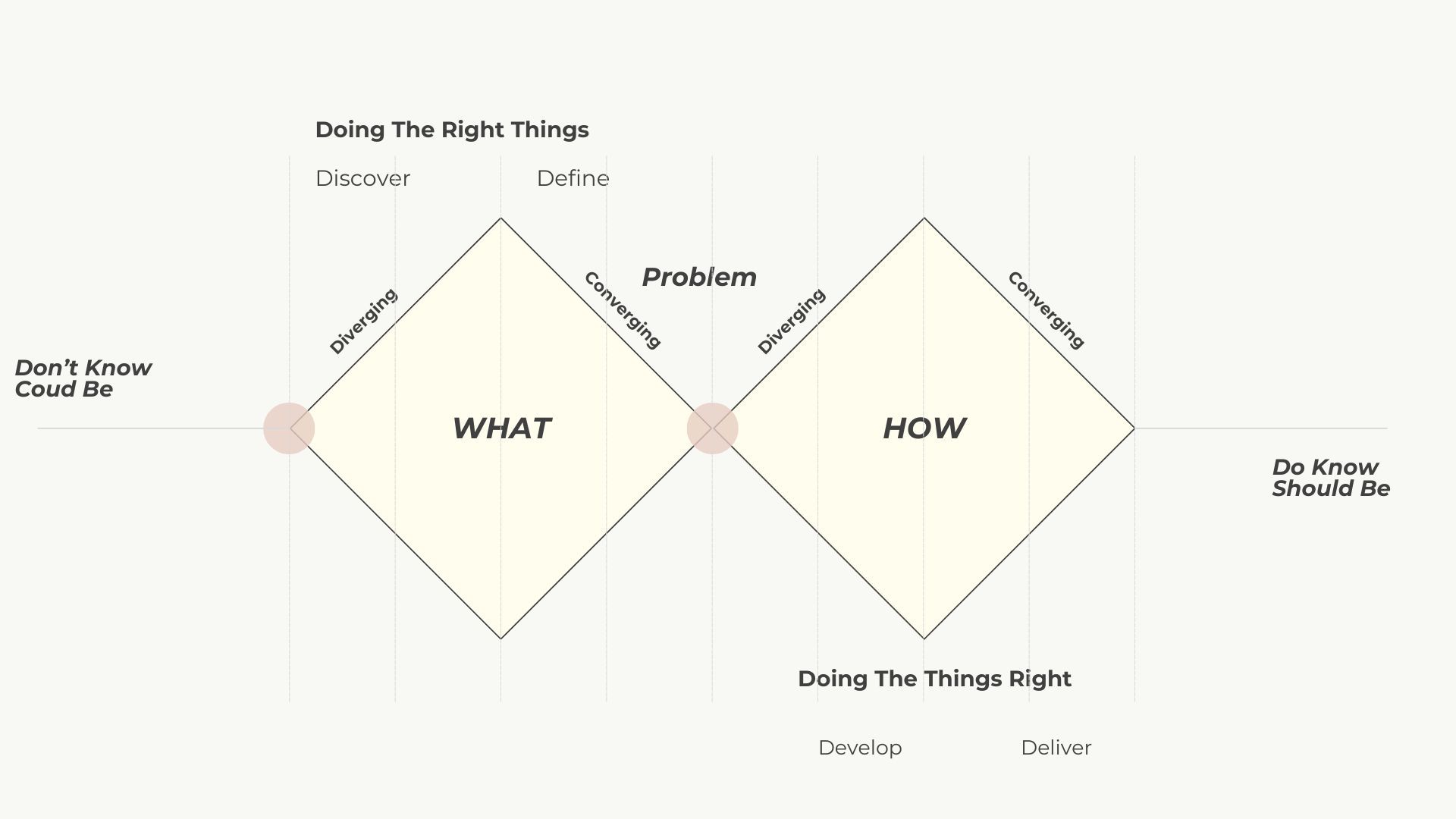
The 4 Phases of the Double Diamond Design Process
The Double Diamond model is a structured design process developed by the British Design Council, divided into four distinct phases, represented by two diamonds, which are:
- Discover: Explore the problem space by understanding context and gathering insights on users’ needs and challenges through research, interviews, observations, and data collection.
- Define: Analyze data gathered during the Discover phase to articulate the problem or opportunity, identifying key insights and framing a clear problem statement.
- Develop: Explore solutions by generating ideas through brainstorming, sketching, prototyping, and other methods to develop potential solutions to the problem.
- Deliver: Refine, test, and implement the solution by iterating on prototypes, conducting user testing, and making adjustments before finalizing and preparing for launch.
Now let’s dive a little deeper into each of these phases and some key tips for effective use of the Double Diamond Design Process.
Discovery Phase
The Discovery phase, also known as the first diamond of the Double Diamond design process, is the starting point where we aim to understand the problem by researching, observing, and empathizing with users. The main goal is to gather insights and spot opportunities rather than jumping straight to a solution.
During this phase, designers work to grasp the problem by collecting information and clearly defining what needs to be solved. It’s important to remember that the Discovery phase isn’t a straight path. Instead, it’s an ongoing process where designers continuously refine their understanding of the problem as they move forward.
Define Phase
After gathering insights and understanding the problem, it's time to analyze the data and define the key issue or opportunity to address. This is where designers formulate a clear problem statement that will guide their work in developing solutions.
It's essential to involve key stakeholders during this phase, as they can provide valuable input and help align on the direction of the project.
Develop Phase
With a defined problem statement, designers move into the Develop phase, also known as the second diamond in the Double Diamond design process, where they start generating ideas for potential solutions. This is a crucial part of the design process, as it allows for creative thinking and encourages out-of-the-box solutions.
Designers use various techniques like brainstorming, sketching, and prototyping to explore different possibilities and refine their ideas. It’s important to keep an open mind during this phase and not limit creativity.
Deliver Phase
Once a solid solution has been developed, it's time to move into the Deliver phase. This is where designers bring their ideas to life by creating prototypes, testing them with users, and refining them based on feedback.
It's essential to involve end-users in the testing process as they can provide valuable insights that will help improve the final product. Iteration is also key during this phase, as designers continue to fine-tune and improve their solutions.
Benefits of the Double Diamond Design Process
The Double Diamond Design Process offers several benefits that make it a valuable framework for solving design challenges:
Structured Approach
The process provides a clear, structured methodology that helps teams navigate from problem identification to solution delivery. This clarity helps in managing complex design tasks and ensuring that critical steps are not overlooked.
Comprehensive Exploration
By separating the discovery and development phases into distinct diamonds, the process encourages thorough exploration of both the problem space and solution space. This reduces the risk of jumping to conclusions and ensures that solutions are based on a deep understanding of the problem.
Enhanced Collaboration
The process supports interdisciplinary collaboration by making it easier for teams from different backgrounds to contribute effectively. The clear phases allow different team members to focus on specific tasks, fostering better communication and integration of ideas.
User-Centered Design
The emphasis on discovery and definition helps ensure that the design process remains user-centered. By focusing on understanding user needs and problems early on, the process helps create solutions that are more likely to meet real user requirements.
Iterative Refinement
The Double Diamond framework encourages iterative design through prototyping and testing. This iterative approach allows for continuous feedback and improvements, leading to more refined and effective solutions.
Risk Management
By thoroughly exploring and defining the problem before jumping into solution development, the process helps identify potential risks and challenges early. This proactive approach can prevent costly mistakes and ensure that solutions are well-aligned with the identified needs.
Clear Decision-Making
The structured phases of the process make it easier to evaluate and make decisions about which ideas to pursue. The separation of exploration and refinement helps teams focus on generating a wide range of ideas before narrowing down to the best solutions.
Flexibility
While the process provides a structured framework, it is also flexible enough to be adapted to different types of projects and industries. Teams can modify the process to fit their specific needs and context while still benefiting from its core principles.
Best Practices of the Double Diamond Framework
To make the most out of the Double Diamond framework, here are some practices to keep in mind:
- Involve Stakeholders Early and Often: Engage stakeholders, including users, clients, and team members, throughout the process. Their insights and feedback are crucial for defining problems accurately and developing effective solutions.
- Foster Collaboration: Encourage interdisciplinary collaboration among team members. Different perspectives can enhance the exploration of both problems and solutions, leading to more innovative and well-rounded outcomes.
- Use Iterative Prototyping: Develop and test prototypes iteratively to refine ideas and solutions. Rapid prototyping allows for quick feedback and adjustments, ensuring that the final solution is well-informed and effective.
- Maintain a User-Centered Focus: Keep users’ needs and experiences at the forefront of the design process. Regularly revisit user research and feedback to ensure that the solutions address real problems and add value.
- Document and Synthesize Insights: Systematically document research findings, insights, and decisions throughout the process. Use tools like affinity diagrams or journey maps to synthesize information and maintain a clear view of the problem and solution space.
- Balance Divergence and Convergence: Embrace divergent thinking to explore a broad range of ideas and possibilities. Equally, practice convergent thinking to focus and refine these ideas into actionable solutions.
- Clearly Define Problem Statements: Develop precise problem statements that reflect the core issues identified during research. A well-defined problem statement guides the direction of the design process and helps in evaluating solutions effectively.
- Test and Validate Solutions: Rigorously test prototypes and solutions with users to validate their effectiveness. Ensure that the final solution addresses the identified problems and meets user needs before full implementation.
- Adapt the Process as Needed: Be flexible and adapt the framework to fit the specific context of the project. While the Double Diamond provides a structured approach, tailoring it to the project’s needs can enhance its effectiveness.
A visual representation of the Double Diamond design process can help illustrate the distinct phases and communicate the structured approach effectively.
Design Thinking and the Double Diamond
The Double Diamond design process is similar to design thinking because both focus on exploring many ideas before narrowing them down. However, the Double Diamond is a specific method for designing, while design thinking is a broader way to solve problems. The Double Diamond can guide designers through their projects, helping them find effective solutions by using the principles of design thinking.
Here is detailed comparison between the Double Diamond and design thinking:
| Design Thinking | Double Diamond Framework | |
| Purpose | Focuses on understanding users and solving problems through creative, iterative processes. | Provides a structured approach to problem-solving with clear phases of exploration and refinement. |
| Key Stages | 1. Empathize 2. Define 3. Ideate 4. Prototype 5. Test | 1. Discover 2. Define 3. Develop 4. Deliver |
| Process Flow | Iterative and flexible; stages can overlap and repeat based on feedback and findings. | Structured and linear; follows a clear sequence of phases but can accommodate iterations within each phase. |
| Emphasis | Deep user understanding and iterative exploration of ideas. | Comprehensive exploration of problems and solutions with a focus on structured phases. |
| Exploration Phase | Empathize (understanding user needs) and Ideate (generating ideas). | Discover (exploring the problem space) and Develop (exploring potential solutions). |
| Definition Phase | Define (synthesizing insights into a problem statement). | Define (articulating a clear problem statement based on insights). |
| Ideation and Prototyping | Ideate (generating ideas) and Prototype (creating tangible solutions). | Develop (generating and developing potential solutions through prototyping). |
| Testing and Refinement | Test (gathering feedback and refining prototypes). | Deliver (refining and finalizing solutions based on testing and feedback). |
| Flexibility | Highly flexible; encourages iteration and changes based on feedback. | Structured but allows for iterative refinement within phases. |
| Tools and Methods | Empathy maps, journey maps, brainstorming, user personas, prototypes, user testing. | Research methods, affinity diagrams, problem statements, prototypes, user testing. |
Common Misconceptions about the Double Diamond
The Double Diamond Framework is a widely recognized tool for design and problem-solving, but several misconceptions can arise regarding its use and application. Here are some common misconceptions and clarifications:
It’s a Strictly Linear Process
While the framework is structured into distinct phases (Discover, Define, Develop, Deliver), it is not meant to be strictly linear. The process is iterative, meaning teams often revisit and refine previous phases based on new insights or feedback. Flexibility is built into the framework to accommodate iterative development and continuous improvement.
Each Phase Is a Separate, Isolated Activity
In practice, phases often overlap and inform each other. For example, insights gathered during the Discover phase may prompt changes in the Define phase, and iterative prototyping during the Develop phase can lead to further refinement of the problem statement. The phases are interconnected and collaborative.
It Guarantees Success
The framework provides a structured approach, but success depends on the quality of execution, including research rigor, stakeholder engagement, creativity, and the ability to iterate based on feedback. It is a guide, not a guarantee of success.
It’s Only Useful for Large Teams and Projects
The framework is adaptable and can be used effectively by small teams and for smaller projects. Its structured approach helps manage both complexity and simplicity, making it valuable for a wide range of project sizes and team configurations.
It Focuses Solely on Design Solutions
While the framework focuses on solving design problems, it also emphasizes understanding user needs and aligning solutions with broader business or strategic goals. It encourages a holistic view of the problem and solution space, integrating design with business and user considerations.
Conclusion
The Double Diamond framework is a powerful tool for organizations looking to innovate and solve complex problems. By following the four phases of discovery, definition, prototyping, and testing, teams can create solutions that are well-aligned with user needs and backed by thorough research. With its emphasis on iteration and flexibility, the framework allows for continuous improvement and adaptability in an ever-changing world. So why not give it a try? You may just discover your next big breakthrough idea!
